
(A Review of Two Books Every Family Should Read!)
Childhood Connections
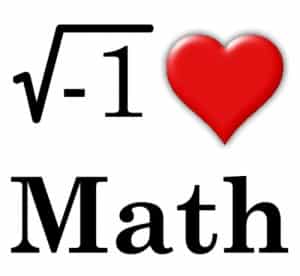 Recently I shared the story of a lady who lived in the Orient for a time and noticed that children were frequently familiarized with math and science symbols and ideas the way most young people in Europe and North America receive a lot of ambient support for reading and writing. She noted that this surprised her at first, but over time she realized that such attention to math and science during the formative years can greatly help young people grasp and then master these subjects.
Recently I shared the story of a lady who lived in the Orient for a time and noticed that children were frequently familiarized with math and science symbols and ideas the way most young people in Europe and North America receive a lot of ambient support for reading and writing. She noted that this surprised her at first, but over time she realized that such attention to math and science during the formative years can greatly help young people grasp and then master these subjects.
The last two weeks I’ve had the joy of reading a couple of books that can help our children do the same thing—connect with math in ways that are natural for young children, and a lot of fun for the parents as well as the kids. The first book is Math & Magic in Wonderland by Lilac Mohr, and the second is its sequel, Math & Magic in Camelot.
Getting Your Own Education
In fact, the author set out specifically to write novels that incorporate math in a way the really engages children. During the second grade, she got excited about reading the biography of her hero at the time, astronomer Maria Mitchell, and as a result wanted more than anything to learn long division. When she told her teacher, the response wasn’t what she expected. She was informed that she’d have to “wait until the fourth grade,” and instructed to be quiet during “reading time.” It reminds me of a story my wife Rachel shares of telling a teacher she wanted to read The House of Seven Gables only to be lectured that she wouldn’t understand it and should stick to the textbooks.
There are a lot of great teachers in the world, but some teachers can be downright dense. When a child is excited to learn, that’s the time great teachers sit forward and go to work. Quality education inhabits such moments. It’s what Connor Boyack calls Passion-Driven Education.
Even though Lilac’s teacher missed a great opportunity, the little girl didn’t just give up her excitement for math. She writes: “I felt dejected but not defeated and decided that if my teacher refused to teach me long division, I would have to simply teach myself. It was not easy (since I didn’t even know multiplication at the time), but with determination, I pressed through and mastered the skill on my own.”
Love of Learning for Everyone
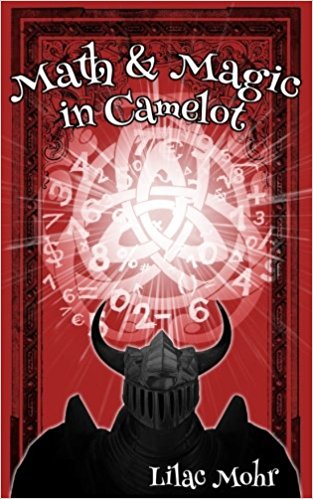 This little story illustrates much of what is wrong with modern many educational institutions—they too often put schooling ahead of learning. Mohr continues: “Now, years later, I still recall my teacher’s rejection as the moment I realized that curiosity should not have age restrictions. I wrote this book [Math & Magic in Wonderland] with the intention of making the magic of math accessible to everyone regardless of age, gender, or background. All you have to bring on this journey is a love of learning.”
This little story illustrates much of what is wrong with modern many educational institutions—they too often put schooling ahead of learning. Mohr continues: “Now, years later, I still recall my teacher’s rejection as the moment I realized that curiosity should not have age restrictions. I wrote this book [Math & Magic in Wonderland] with the intention of making the magic of math accessible to everyone regardless of age, gender, or background. All you have to bring on this journey is a love of learning.”
Guess what? She did it. Both of these books are engaging, fun, and chock full of math. They also throw in a lot of history, poetry, science and literature connections as well. Read them with your kids, and everyone will have a great time. These are excellent for family reading aloud, and stopping to discuss fun ideas.
One thing, though. With these books you’ll definitely want to read with pen in hand. In fact, you’ll want paper and pens for everyone who reads with you. Read aloud, and stop to play with the math ideas on paper as you go. The whole family will love it.
[Note: If your child is a teen, try the same thing with The Rithmatist by Brandon Sanderson, then A Beginner’s Guide to Constructing the Universe by Michael Schneider. Still, have your teens read the two Math & Magic books on their own and discuss them with you. They’ll make reading Rithmatist and Beginner’s Guide even more effective.]


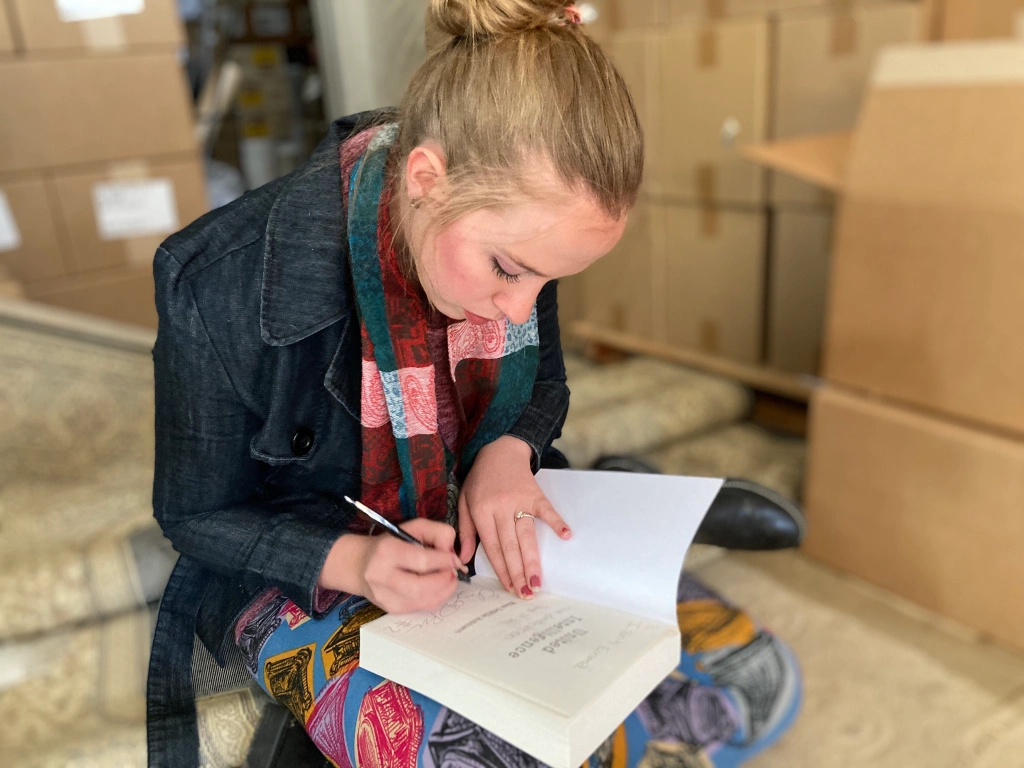
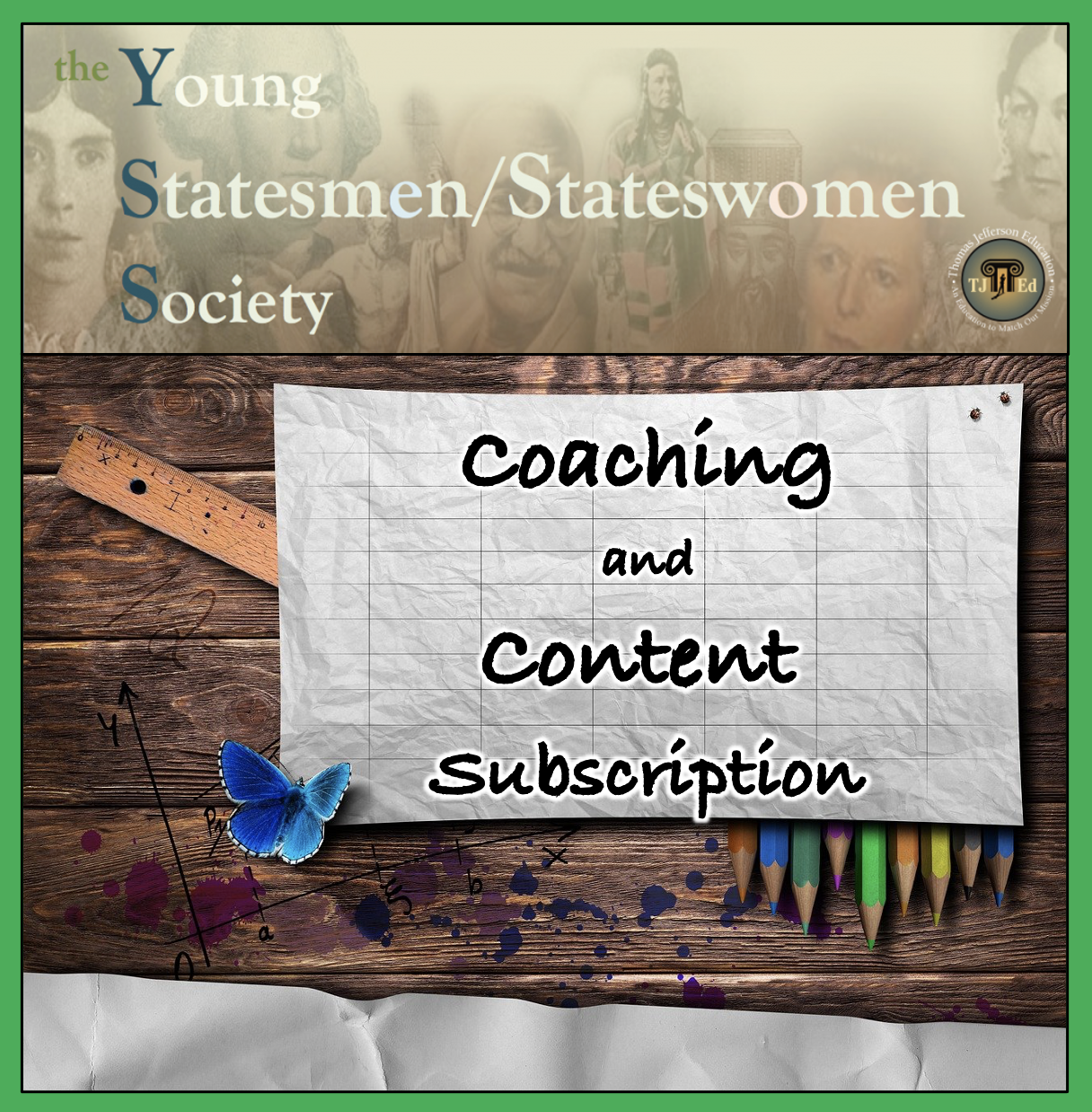
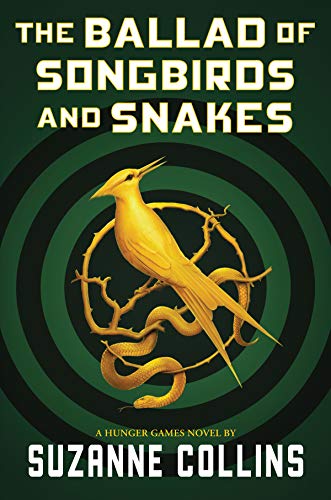
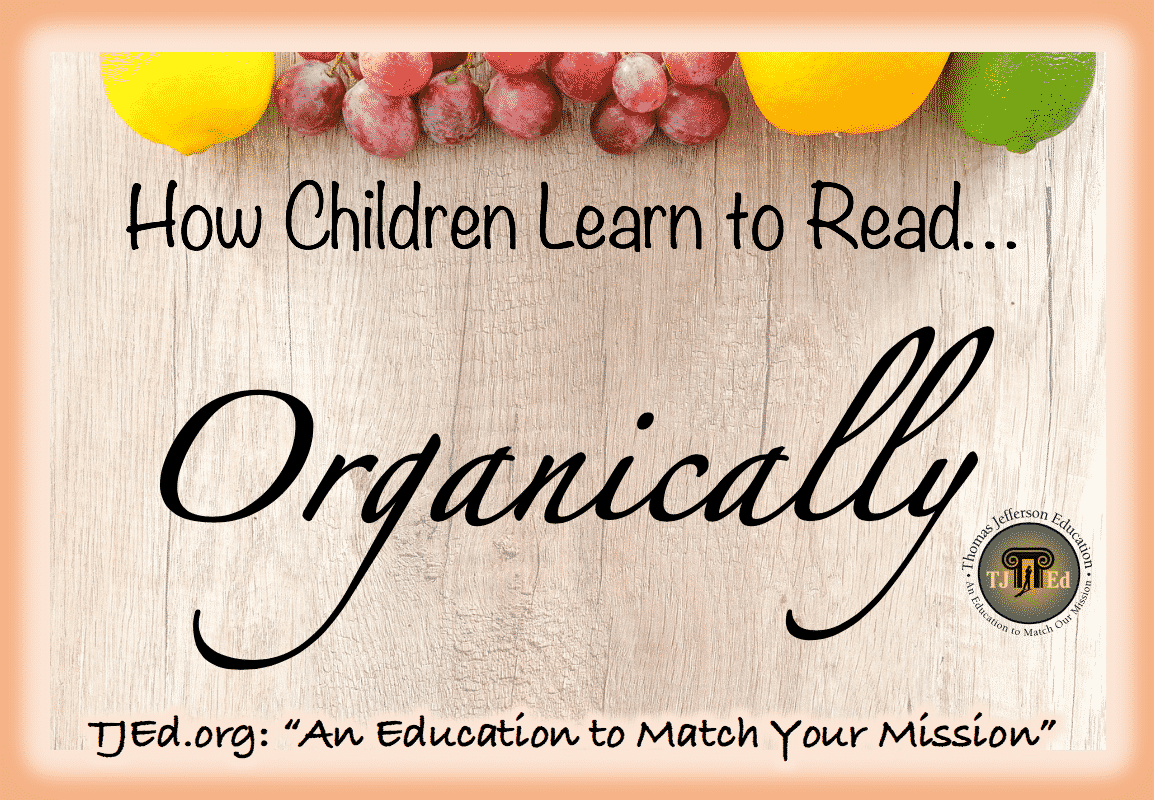
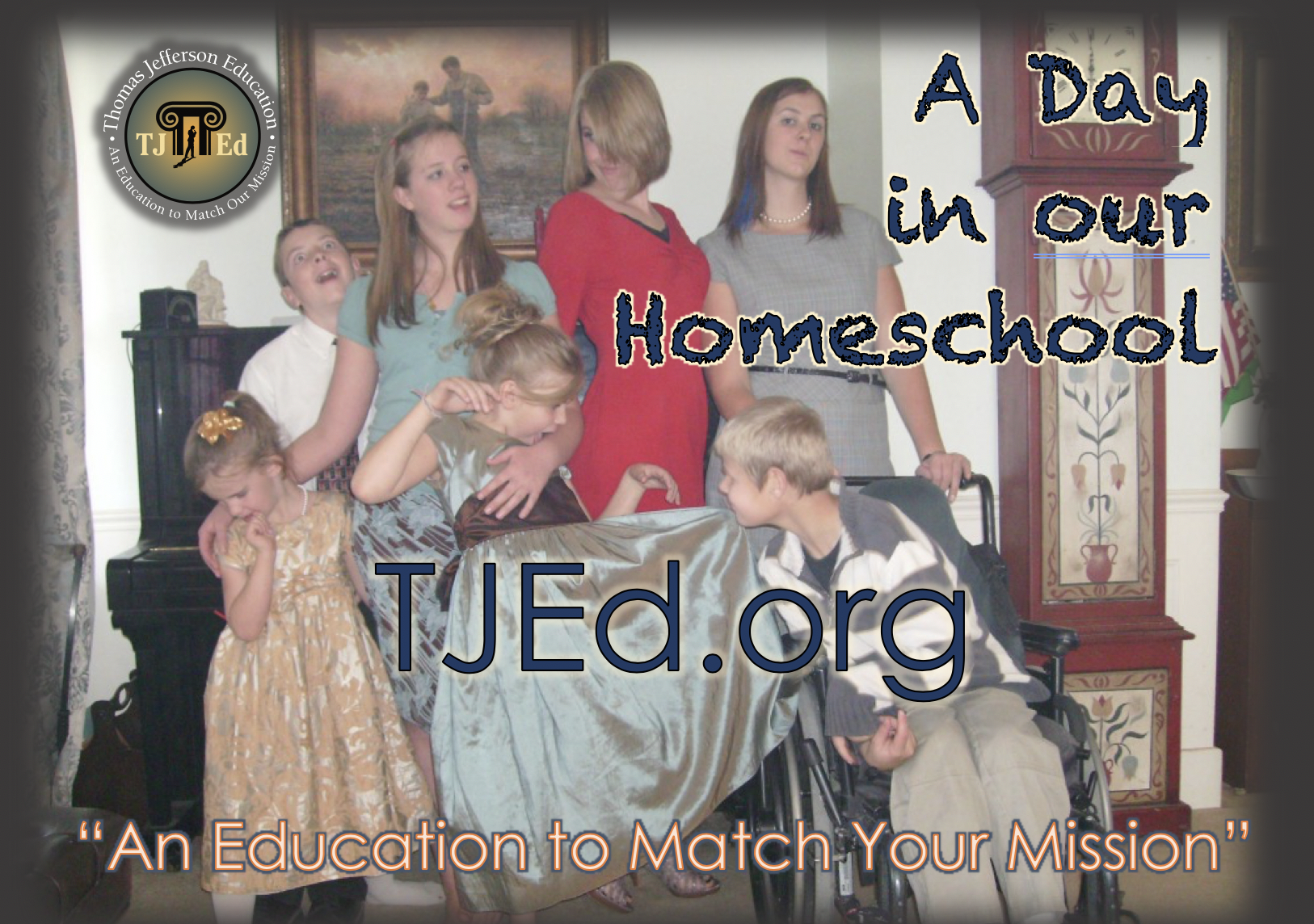
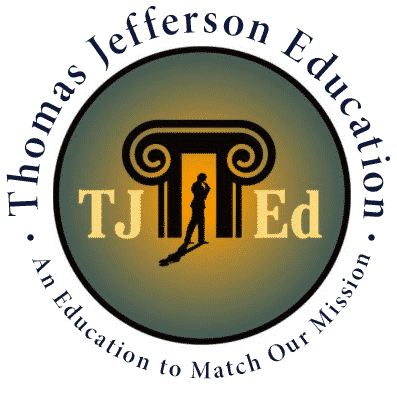

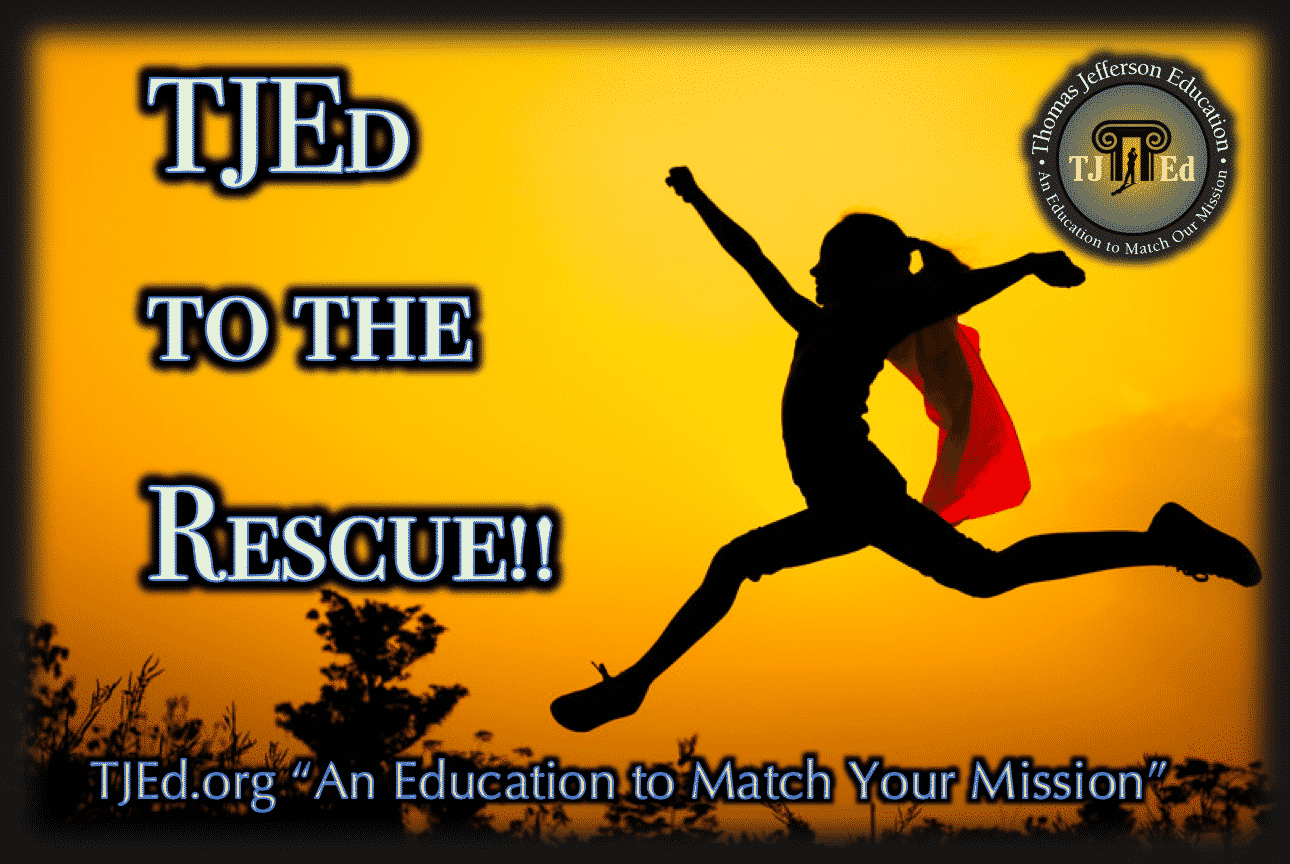
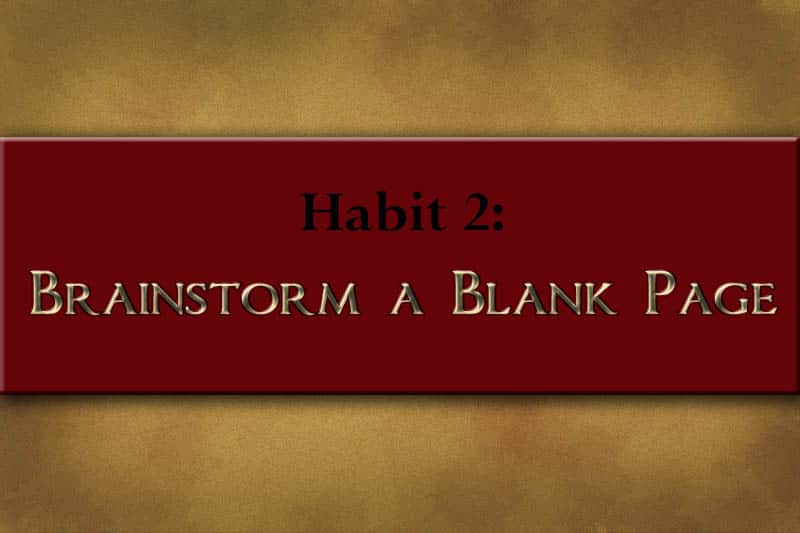


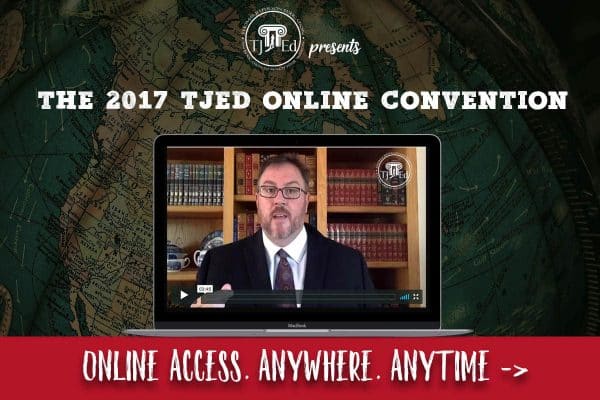



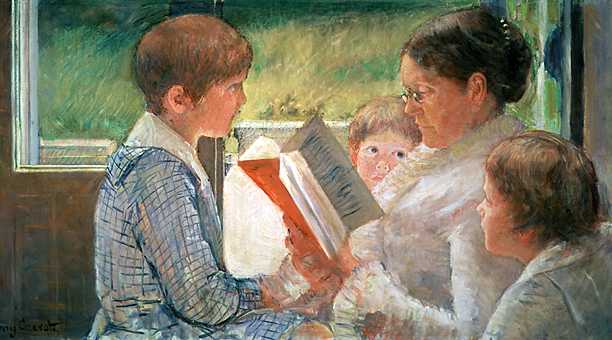

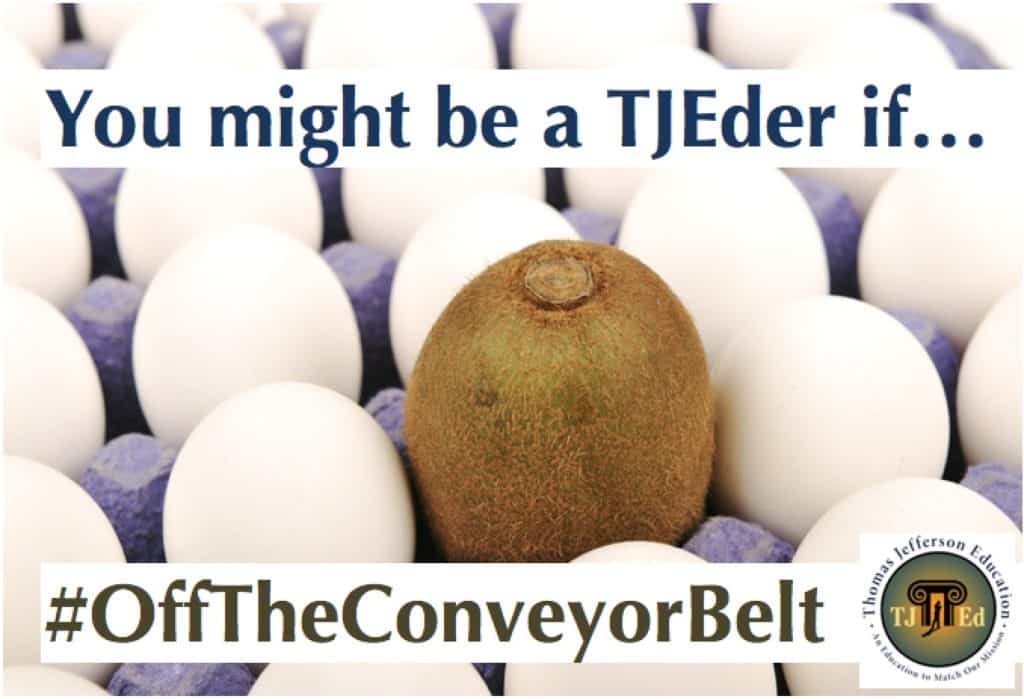


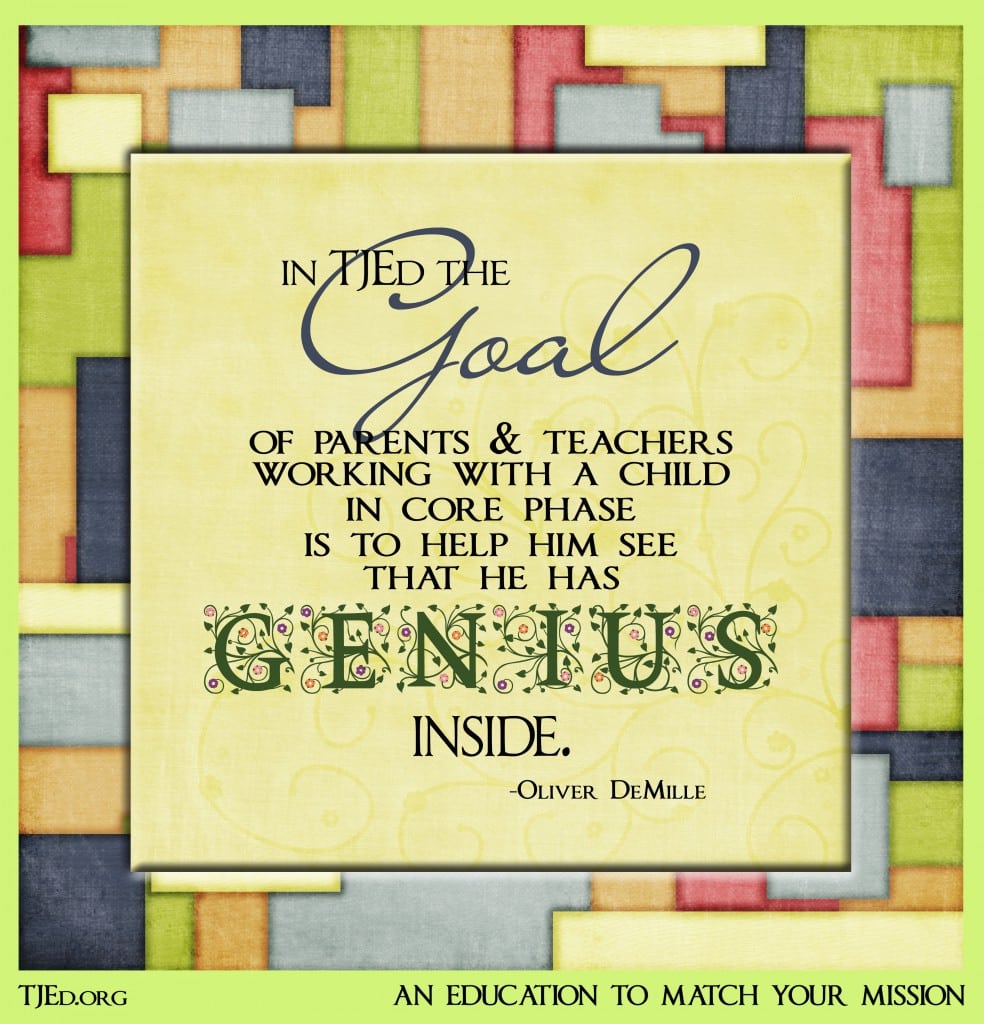


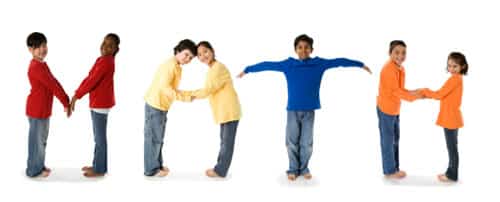
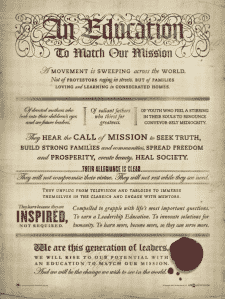



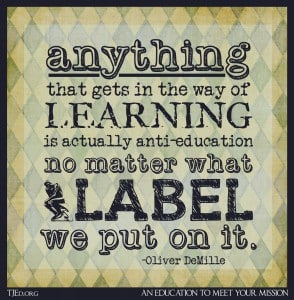
Leave A Comment